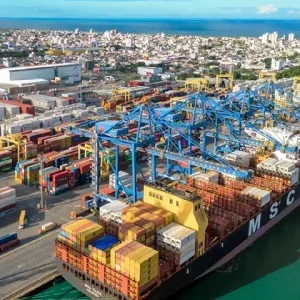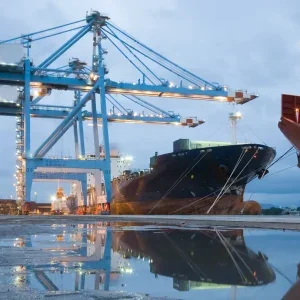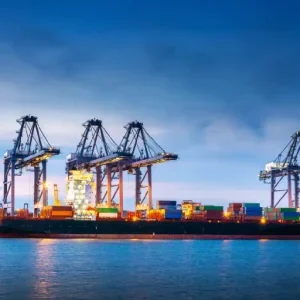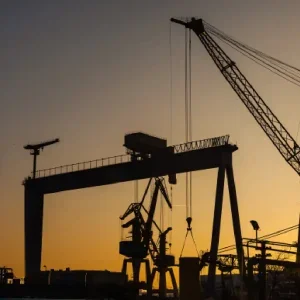
As well as overhead cranes being cost-effective, requiring less manpower and lower long-term operational costs. They are ideal for infrastructure developments; roads, bridges, and power plants, where heavy construction materials are lifted and maneuvered.
For example, in 2023 Konecranes won a contract to upgrade the reactor hall overhead crane at Sweden’s Oskarshamn Nuclear Power Plant. This upgrade was crucial for servicing the reactor and managing the removal of spent fuel casks while adhering to strict regulatory standards. The contract involved engineering, manufacturing, delivery, and installation of modernization components including a 165-ton trolley/ hoist, over a two-year timeline.
Globally, the overhead crane market is booming due to increased safety and efficiency. They eliminate manual lifting, reducing worker injuries and accidents offering precise control over lifting and maneuvering.
The bridge crane segment is expected to hold the largest share of the market due to their superior load capacity, flexibility, and efficiency. They can handle heavy-duty industries like steel mills, shipbuilding, and power plants, and can be designed with varying spans and girders. Bridge cranes can be integrated with automation systems for safety and efficiency.
A rise in automotive, manufacturing, and construction in China increases the demand for overhead cranes for effective material handling. Also India’s e-commerce and logistics industries are expanding, which mandates the development of several warehouses and distribution facilities, all of which rely largely on overhead cranes to store and retrieve items efficiently.






